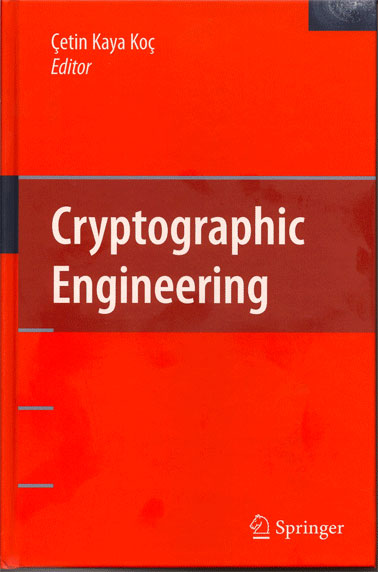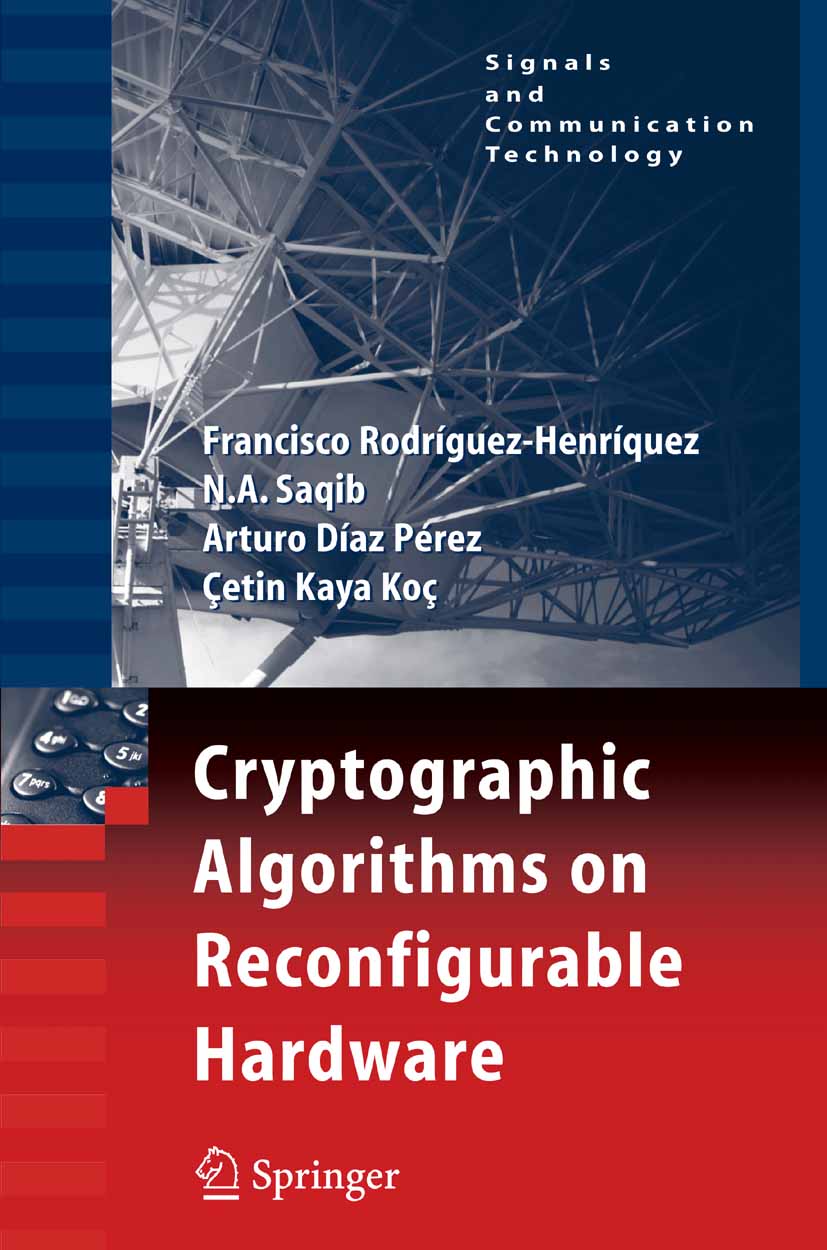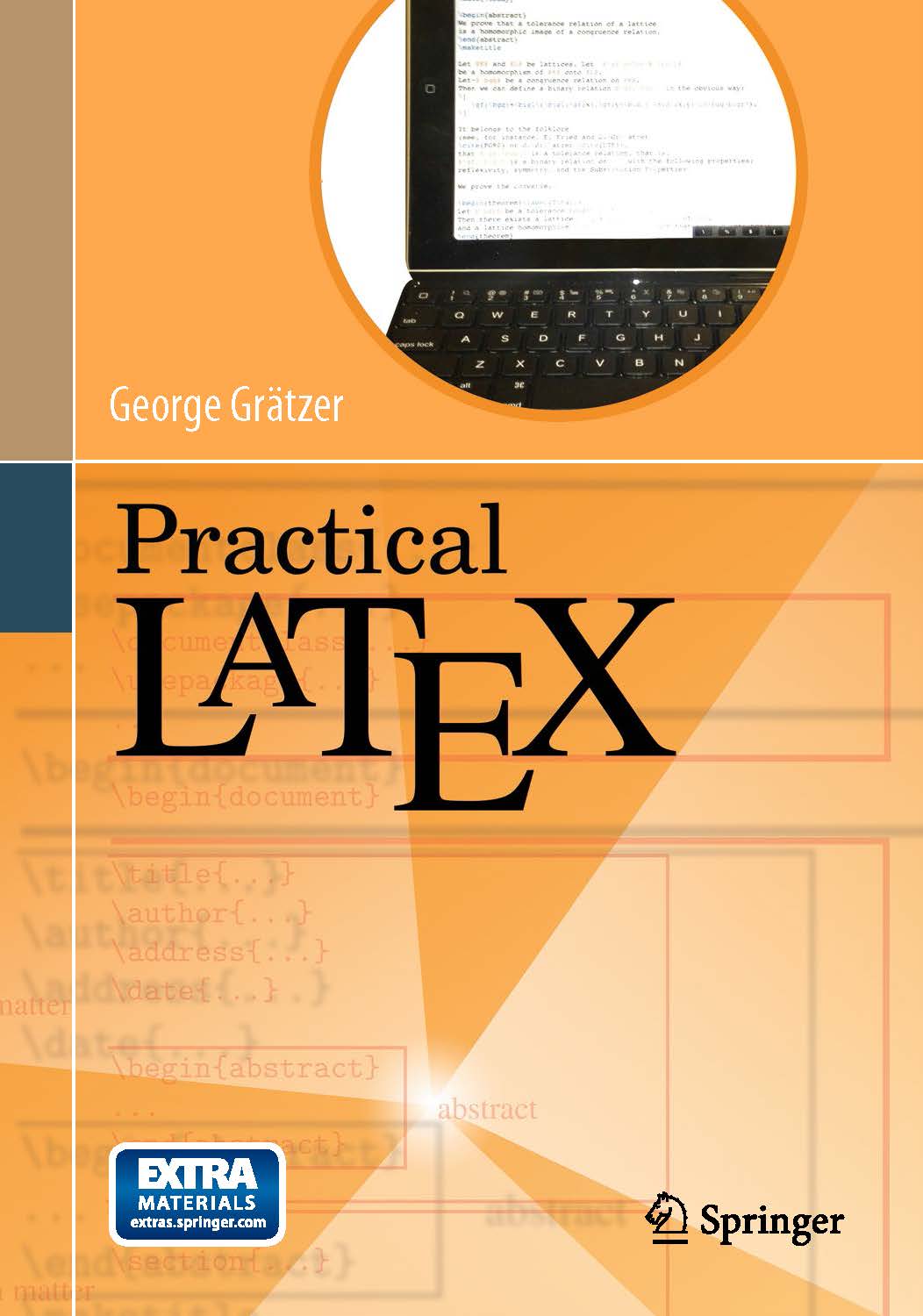CS 292F Elliptic Curve CryptographyDepartment of Computer ScienceUniversity of California Santa Barbara http://koclab.cs.ucsb.edu/teaching/ecc Announcements
Project Paper or PresentationsThe participating students are expected to write a short (3-5 pages) paper or create a short (15-20 slides) presentation on a certain aspect of elliptic curve cryptography, particularly covering most recent algorithmic, security or implementation related developments. The paper or presentation is to be written in LaTeX2e.
2015 Fall Abstracts and ProjectsHomework AssignmentsThere will be 4 homework assignments. Please upload an electronic copy via the Dropbox link provided. Electronic copy of your homework can be in Text or PDF. You could also scan/pdf your handwritten work; however, do not send (low-resolution or small) phone-camera images.
Weekly Course PlanCourse and project related papers are (will be) here: eccPapersCourse presentations and weekly slides are (will be) here: docx ←
Conferences, Proceedings, Journals, & Archives
DescriptionPublic-key cryptography was conceived in 1976 by Whitfield Diffie and Martin Hellman. The first practical realization followed in 1977 when Ron Rivest, Adi Shamir and Len Adleman proposed their now well-known RSA cryptosystem, in which security is based on the intractability of the integer factorization problem. Elliptic curve cryptography (ECC) was discovered in 1985 by Neal Koblitz and Victor Miller. Elliptic curve cryptographic schemes are public-key mechanisms that provide the same functionality as RSA schemes. However, their security is based on the hardness of a different problem, namely the elliptic curve discrete logarithm problem (ECDLP). Currently the best algorithms known to solve the ECDLP have fully exponential running time, in contrast to the subexponential-time algorithms known for the integer factorization problem. This means that a desired security level can be attained with significantly smaller keys in elliptic curve systems than is possible with their RSA counterparts. For example, it is generally accepted that a 160-bit elliptic curve key provides the same level of security as a 1024-bit RSA key. The advantages that can be gained from smaller key sizes include speed and efficient use of power, bandwidth, and storage.This course is designed for computer science, computer engineering, electrical engineering, and mathematics students interested in understanding, designing, developing, analyzing, and validating elliptic cryptographic algorithms and protocols. The course is targeted to a diverse audience, and generally assumes no more than an undergraduate degree in computer science, electrical or computer engineering, or mathematics. Topics
Books



Grading
PrerequisitesThis class is open to all graduate students. Undergraduate students should contact the instructor.Dr. Çetin Kaya Koç
|
